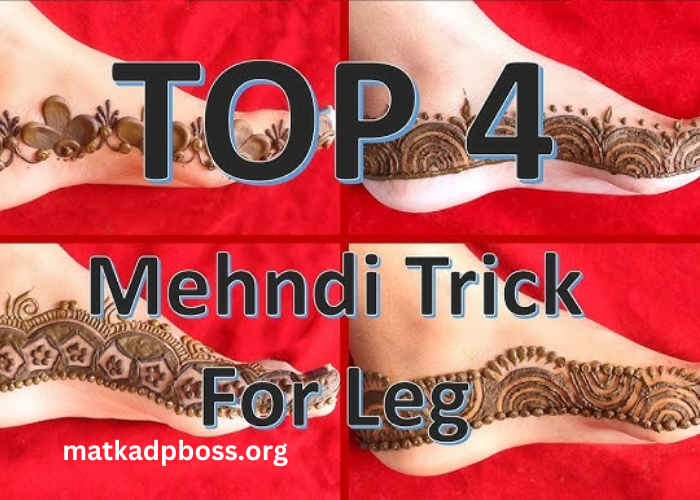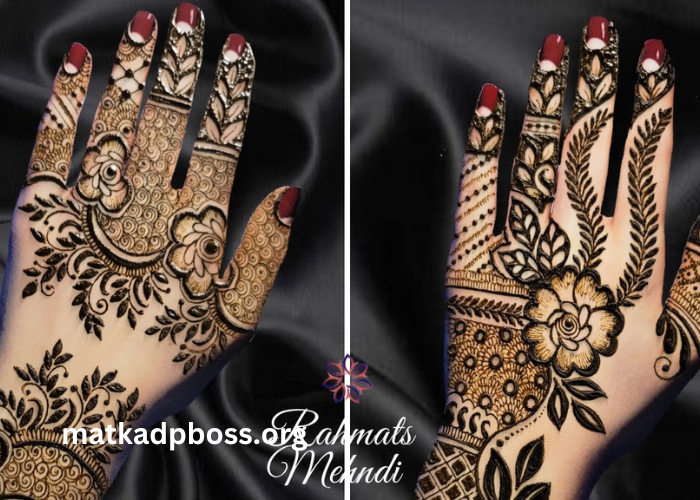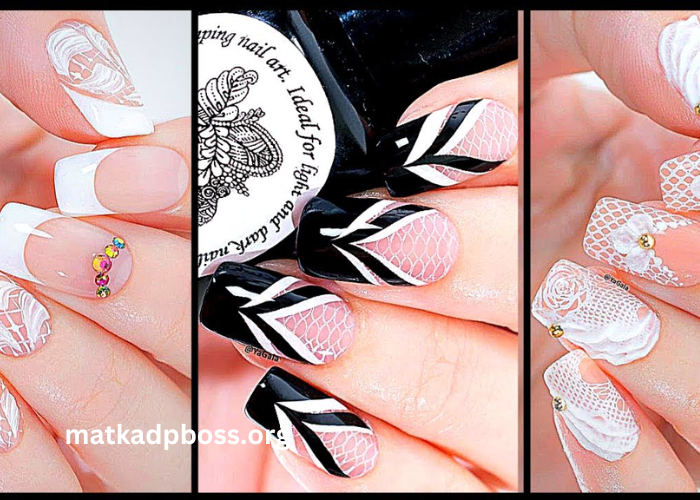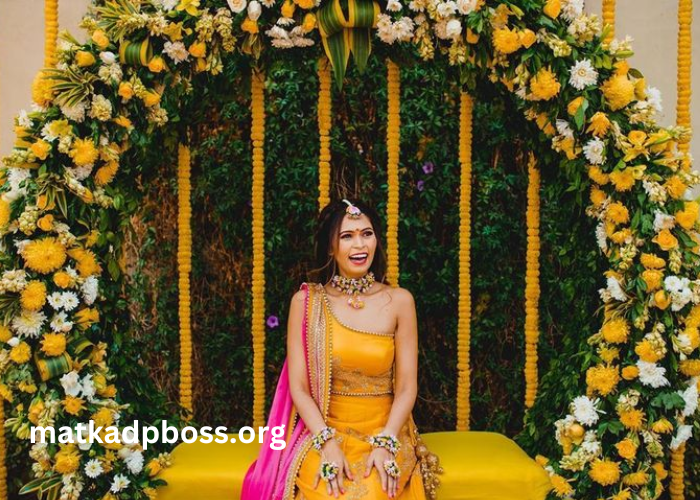In the realm of body art,stylish:4sxf8ytorbk= Leg Mehndi Design stands out for its intricate patterns and cultural significance. This ancient form of decoration, primarily using henna, transforms the legs into a canvas of artistry and expression.
With its roots in South Asian traditions,stylish:4sxf8ytorbk= Leg Mehndi Design has evolved, captivating audiences globally. The elegance and beauty of these designs not only enhance personal style but also connect individuals to their cultural heritage.
What Is stylish:4sxf8ytorbk= Leg Mehndi Design?
stylish:4sxf8ytorbk= Leg Mehndi Design refers to the artistic application of henna on the legs, commonly seen during weddings, festivals, and celebrations. This form of body art combines intricate patterns, symbols, and motifs that often hold personal or cultural significance. The henna paste, derived from the Lawsonia inermis plant, produces a beautiful reddish-brown stain on the skin, making it a preferred choice for adornment.
Leg mehndi designs can vary widely, from simple, delicate patterns to elaborate and bold statements. Artists often draw inspiration from various elements, including floral designs, geometric shapes, and traditional motifs. Each design tells a story, reflecting the wearer’s personality and style. The versatility ofstylish:4sxf8ytorbk= Leg Mehndi Design allows for customization, making it suitable for any occasion, whether it be a festive gathering or a personal celebration.
Moreover, applying mehndi is often seen as a ceremonial practice, believed to bring good luck and ward off evil spirits. This cultural relevance adds another layer of meaning tostylish:4sxf8ytorbk= Leg Mehndi Design, making it not just an aesthetic choice but also a cherished tradition.
How to Choose the Right stylish:4sxf8ytorbk= Leg Mehndi Design for Your Occasion?
Selecting the perfectstylish:4sxf8ytorbk= Leg Mehndi Design for your event can enhance your overall look and resonate with the occasion’s theme. First, consider the type of event you are attending. For weddings, intricate designs featuring detailed patterns and traditional symbols are often preferred, as they complement the celebratory atmosphere. On the other hand, for casual gatherings, simpler designs may be more suitable, offering a chic yet understated look.
Next, think about your personal style. Your choice of design should reflect your personality and preferences. If you lean toward a more modern aesthetic, opt for geometric patterns or minimalist designs that incorporate negative space. For those who embrace tradition, intricate floral motifs or paisley patterns are timeless options that never go out of style. The rightstylish:4sxf8ytorbk= Leg Mehndi Design should resonate with who you are and what you love.
Finally, consider the henna artist’s style and expertise. Each artist has a unique approach tostylish:4sxf8ytorbk= Leg Mehndi Design, and reviewing their portfolio can help you choose a design that aligns with your vision. Communication with the artist is key; discuss your ideas and preferences to ensure a design that satisfies both your expectations and their artistic capabilities.
What Are the Different Styles of stylish:4sxf8ytorbk= Leg Mehndi Design?
stylish:4sxf8ytorbk= Leg Mehndi Design encompasses a variety of styles, each offering distinct aesthetics and cultural meanings. One popular style is the traditional Indian mehndi, characterized by dense patterns that often feature intricate details, including floral motifs and peacock designs. This style celebrates the richness of Indian culture and is commonly used in weddings and festivals.
Another popular approach is the Arabic mehndi, known for its bold, flowing lines and less intricate designs compared to Indian styles. Arabic designs often emphasize negative space, creating striking contrasts that make them visually appealing. This style is favored for its modern twist, making it a trendy choice for various occasions.
Modern interpretations ofstylish:4sxf8ytorbk= Leg Mehndi Design have also emerged, featuring minimalist designs that incorporate geometric patterns and abstract art. These contemporary styles resonate with younger generations, reflecting current fashion trends while maintaining the essence of traditional henna art. Each style brings its own charm, allowing individuals to choose a design that best suits their personality and the occasion.
How to Care for Your stylish:4sxf8ytorbk= Leg Mehndi Design?
Proper care for yourstylish:4sxf8ytorbk= Leg Mehndi Design is essential to ensure the longevity and vibrancy of the henna stain. After the application, avoid getting the design wet for at least 24 hours, as moisture can lighten the color. Instead, keep the area warm and dry to allow the henna to oxidize and deepen its hue. Applying a mixture of lemon juice and sugar can enhance the darkness of the stain, creating a more intense color.
Once the henna has dried and flaked off, it’s important to continue caring for your design. Moisturize the area with natural oils, such as coconut or almond oil, to prevent the skin from drying out. Avoid scrubbing the area during bathing, as this can lead to premature fading of thestylish:4sxf8ytorbk= Leg Mehndi Design.
If you want to prolong the design’s life, consider limiting exposure to water and chlorine, especially if swimming is involved. Avoid using harsh soaps or exfoliants on the design. By following these care tips, you can enjoy yourstylish:4sxf8ytorbk= Leg Mehndi Design for an extended period, showcasing its beauty for days or even weeks.
What Are the Cultural Significances of stylish:4sxf8ytorbk= Leg Mehndi Design?
The cultural significance ofstylish:4sxf8ytorbk= Leg Mehndi Design transcends mere aesthetics. In many South Asian cultures, henna is an integral part of rituals, particularly during weddings and festivals. The application of mehndi is often considered a rite of passage, symbolizing beauty, joy, and good fortune. Brides typically adorn their legs and hands with elaborate designs, reflecting their status and the importance of the occasion.
In addition to its role in weddings, mehndi is also used during celebrations such as Eid and Diwali. These festivals see women gathering to apply henna in a communal setting, strengthening bonds and creating shared memories. The act of applyingstylish:4sxf8ytorbk= Leg Mehndi Design often involves storytelling and cultural expression, making it a cherished practice passed down through generations.
Moreover, various motifs used in mehndi designs hold specific meanings. For instance, floral patterns symbolize love and fertility, while peacocks represent beauty and grace. Understanding these meanings adds depth to the experience of wearingstylish:4sxf8ytorbk= Leg Mehndi Design, allowing individuals to connect with their heritage and the rich symbolism embedded in the art.
How to DIY Your Own stylish:4sxf8ytorbk= Leg Mehndi Design?
Creating your ownstylish:4sxf8ytorbk= Leg Mehndi Design at home can be a rewarding and creative endeavor. To start, gather the necessary materials, including henna powder, water, lemon juice, and essential oils. Mixing the henna paste requires precision; combine the henna powder with water and a small amount of lemon juice to achieve a smooth consistency. Allow the paste to sit for several hours to release the dye before application.
Once your paste is ready, you can practice various designs on paper or practice skin. Start with simple patterns to build confidence and gradually work toward more intricate designs. Using a cone or a squeeze bottle will help control the flow of the paste, allowing for finer details in yourstylish:4sxf8ytorbk= Leg Mehndi Design.
After applying the henna, let it dry for a few hours. Once dry, you can gently scrape off the dried paste to reveal the design. Follow the care tips mentioned earlier to ensure your homemade design remains vibrant. DIY mehndi can be a fun way to express creativity while also allowing you to customize designs that resonate personally.
What Are the Latest Trends in stylish:4sxf8ytorbk= Leg Mehndi Design?
The world ofstylish:4sxf8ytorbk= Leg Mehndi Design is ever-evolving, with new trends emerging that blend traditional art with contemporary aesthetics. One popular trend is the use of metallic henna, which adds a shimmering effect to designs. This modern twist offers a glamorous touch, making it perfect for special events and evening celebrations.
Another trend gaining traction is the incorporation of tattoos and temporary designs alongside mehndi. Many individuals now opt for a combination of styles, allowing for unique and personalized expressions. This blend creates a stunning visual impact that highlights individuality while maintaining the essence of traditional henna art.
Floral and botanical patterns continue to dominate the trends, with an increasing emphasis on minimalism. Designs featuring single stems or delicate leaves reflect a modern sensibility that appeals to many. These elegant and understated motifs are perfect for those seeking a more subtle yet stylish representation in theirstylish:4sxf8ytorbk= Leg Mehndi Design.
Conclusion
In conclusion,stylish:4sxf8ytorbk= Leg Mehndi Design is an enchanting blend of tradition, artistry, and personal expression. Its cultural significance and aesthetic appeal make it a cherished form of body art, ideal for various occasions. From choosing the right design to ensuring proper care, understanding the nuances of mehndi can enhance your experience and appreciation for this beautiful craft. Embrace the creativity and individuality thatstylish:4sxf8ytorbk= Leg Mehndi Design offers, and let your legs become a canvas of culture and elegance.




